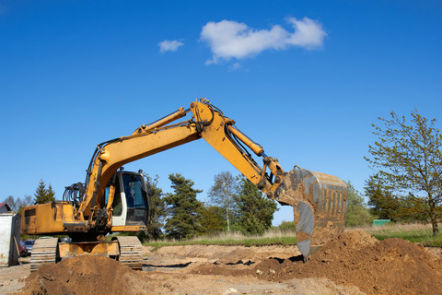Regrading the ground
Regrading is about evening out the differences in ground level on your property by either removing, adding or relocating soil, so that stormwater runoff is diverted away from buildings on the property.
The reasons for regrading are many, however the most common reason is when a property is situated considerably lower than the neighbouring properties and therefore receives large quantities of stormwater runoff when it rains. The ground can be regraded so that it slopes away from the house. If this is not enough, gullies can be dug to help divert the water away. Furthermore, an embankment or barrier can be established around the house to prevent runoff from running to the house.
It is important to be aware that regrading the ground can result in soil erosion and in stormwater runoff being diverted onto neighbouring properties. Therefore, local development plans, and other land-registration provisions for a property, often include rules on regrading. Typically, these will stipulate that a property may not be regraded more than +/- 0.5m relative to the existing ground level, and at a distance of no closer than 0.5m to the neighbouring property, unless a permit has been obtained from the building authorities, i.e. the local government.

Senest redigeret:
05-02-2014